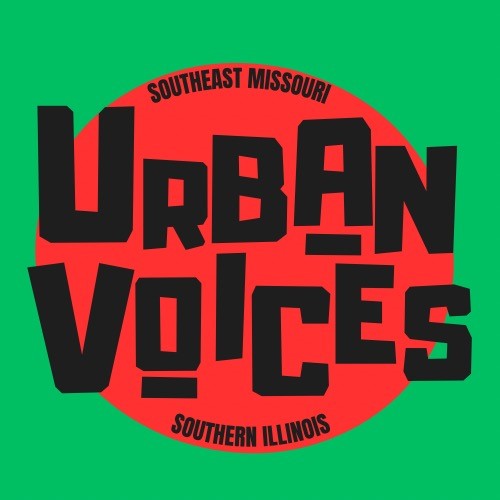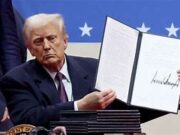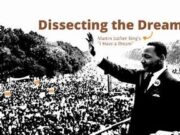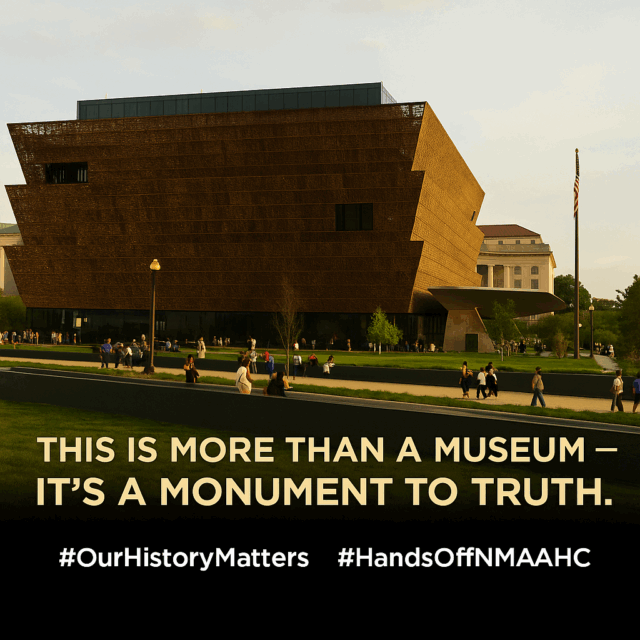L. Williams Urban Voices
May7, 2025
Washington, D.C. — A new executive order signed by President Donald Trump is drawing intense criticism for what scholars, lawmakers, and activists call a deliberate attempt to distort the historical record and marginalize the contributions of Black Americans.
The executive order, titled “Restoring Truth and Sanity to American History,” accuses the Smithsonian Institution — and specifically the National Museum of African American History and Culture (NMAAHC) — of promoting what the administration calls “divisive narratives” and “improper ideology.” The order tasks Vice President J.D. Vance with purging such content from the Smithsonian’s programming and exhibits.
“The founding fathers declared that all men are created equal,” the order states. But critics note that the document fails to mention how those same founders codified slavery in the Constitution, including the notorious three-fifths clause that reduced enslaved individuals to a fraction of personhood for representation purposes.
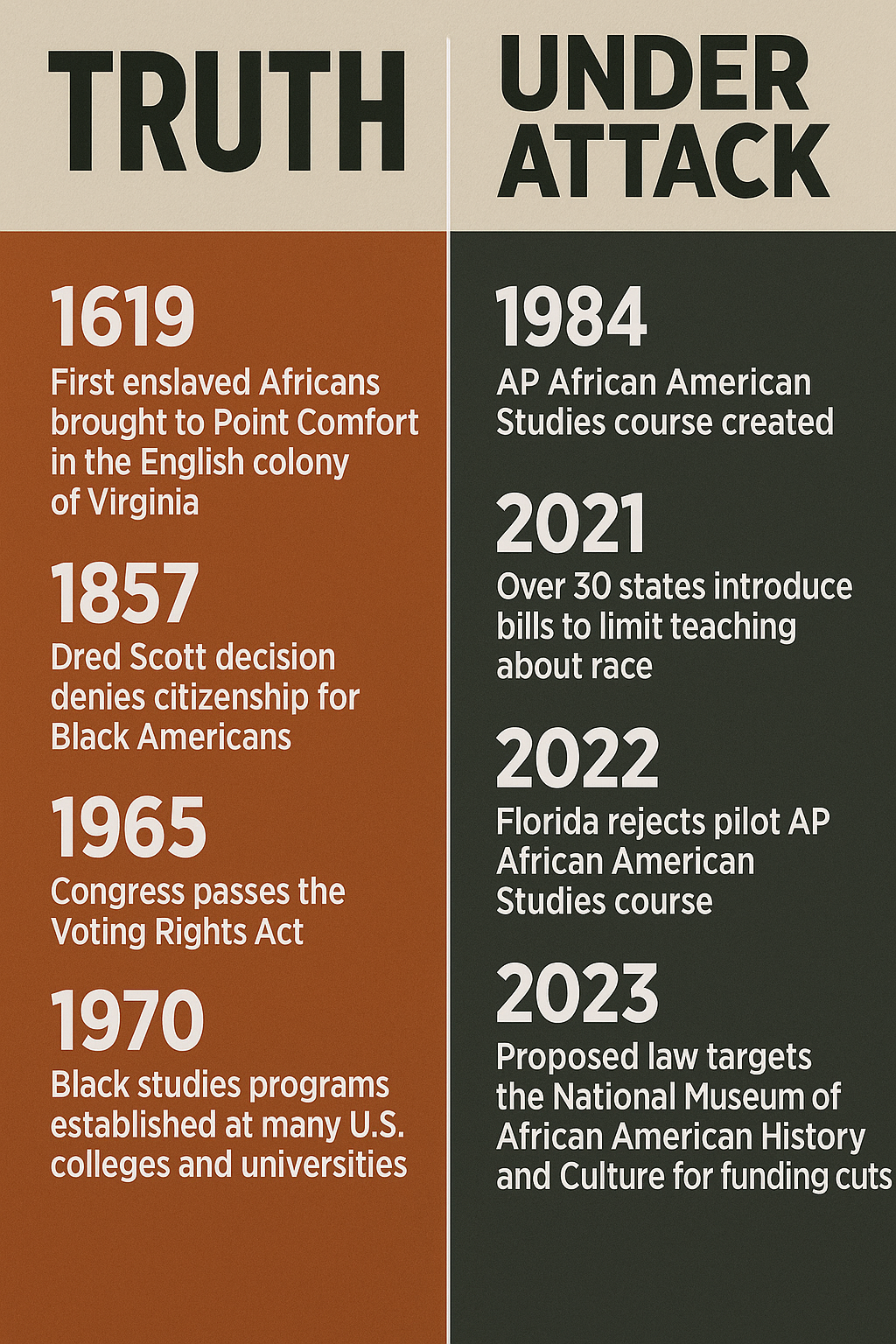
Historians and civil rights leaders argue that the order is part of a broader campaign by Trump’s administration to whitewash American history and suppress the lived experiences of Black Americans.
“It seems like we’re headed in a direction where there’s even an attempt to deny that slavery, Jim Crow, or racial violence ever happened,” said Dr. Clarissa Myrick-Harris, a historian at Morehouse College. “This is not restoring truth. This is erasing it.”
Since taking office in January, Trump has aggressively pushed a cultural agenda aimed at dismantling diversity, equity, and inclusion programs across federal institutions. His administration has also opened investigations into race-conscious college admissions policies and scaled back funding for cultural programs that address racial inequality.
The National Museum of African American History and Culture, located on the National Mall and opened by President Barack Obama in 2016, is one of the most visited Smithsonian museums. It houses more than 40,000 artifacts chronicling the African American experience — from the horrors of slavery and segregation to the triumphs of the civil rights movement and the cultural innovations that have shaped American life.
“The Black Smithsonian, as we call it, is one of the heartbeats of Black America,” said historian and author Ibram X. Kendi. “Targeting it is a literal attack on Black America itself.”
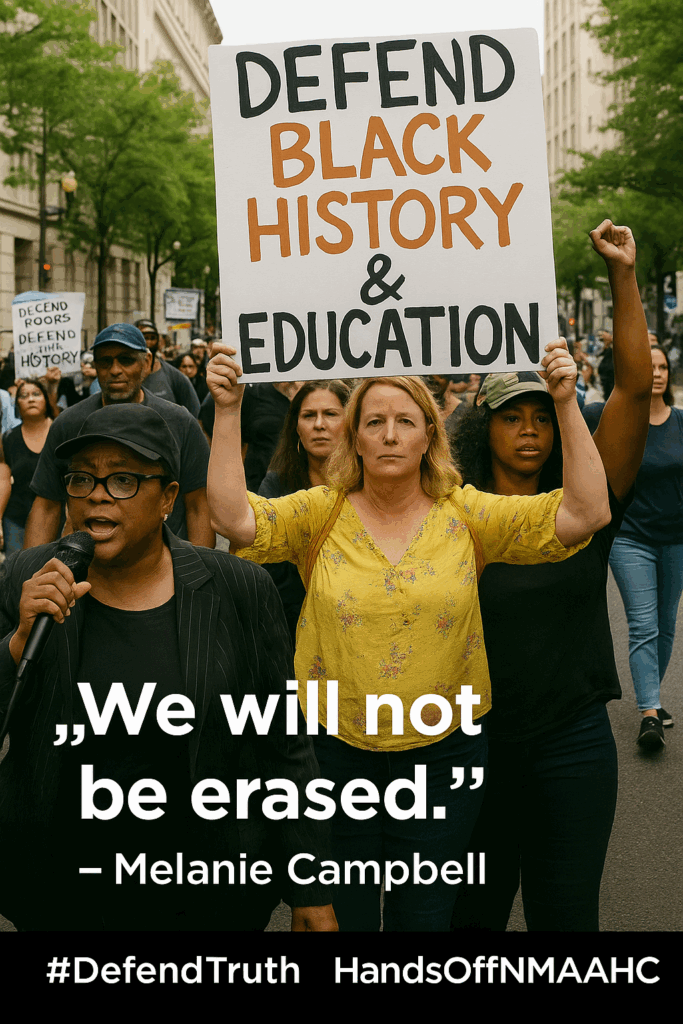
Melanie Campbell, president of the National Coalition on Black Civic Participation, called the executive order “an assault on our very existence.”
“This administration is stripping support from anything that affirms the humanity and history of Black, Indigenous, and Latino people,” Campbell said at a recent protest. “We will not be erased.”
Rep. Yvette Clarke (D-N.Y.), chair of the Congressional Black Caucus, condemned the order, saying it is rooted in racial revisionism. “We do not run from or erase our history simply because we don’t like it,” Clarke said. “We embrace all of it — the good, the bad, and the ugly.”
Social media exploded with condemnation, as users accused Trump of attempting to erase Black history in the name of “objectivity.” Critics warn that the executive order could be a first step toward defunding or restructuring institutions like the NMAAHC and the forthcoming Women’s History Museum, which is also mentioned in the order.
With the executive order now in effect, museum leaders, educators, and civil rights groups are bracing for what may be a protracted struggle to defend historical truth and protect cultural institutions from political interference.
